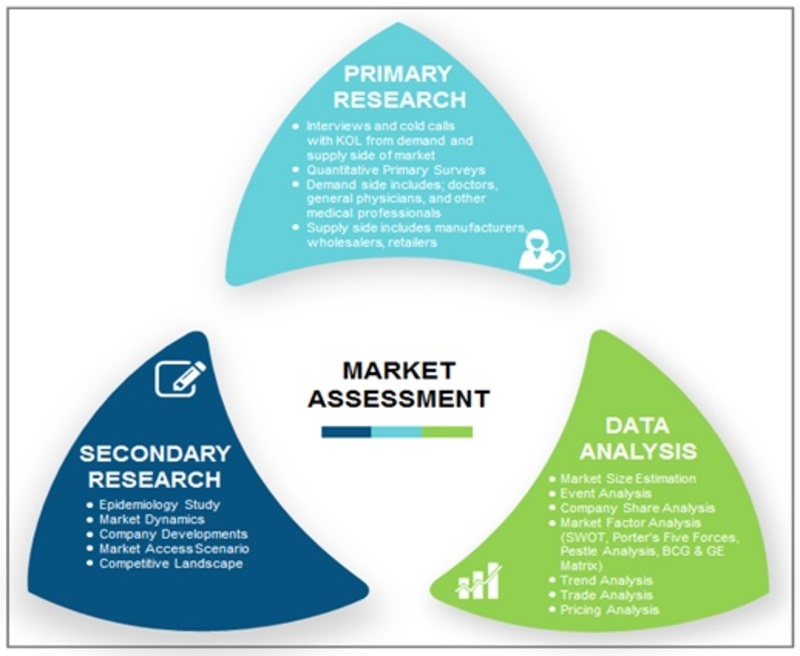What Are The Differences And Resemblances Between SMILE Eye Surgery And LASIK And PRK?
What Are The Differences And Resemblances Between SMILE Eye Surgery And LASIK And PRK?
Blog Article
Created By-Weber Vincent
If you've been thinking about SMILE eye surgery, you may question just how it compares to LASIK and PRK. Each procedure has its own set of advantages and factors to consider. From quicker recuperation times to possible risks, there are key differences you must recognize before deciding. Recognizing these distinctions will aid you make an informed option that aligns with your specific needs and expectations. Curious to understand even more about exactly how these procedures contrast in detail? Go on exploring to gain a detailed understanding of SMILE, LASIK, and PRK.
SMILE Eye Surgical Procedure Introduction
If you're taking into consideration SMILE eye surgical procedure, you'll locate it to be a minimally intrusive treatment with a fast recovery time. During How Long Does LASIK Last (Small Laceration Lenticule Removal), a laser is used to produce a small, accurate incision in the cornea to remove a tiny item of tissue, reshaping it to correct your vision. This differs from LASIK, where a flap is created, and PRK, where the external layer of the cornea is completely removed.
One of the essential benefits of SMILE is its minimally invasive nature, bring about a faster healing procedure and much less discomfort post-surgery. The recovery time for SMILE is fairly quick, with numerous individuals experiencing improved vision within a day or 2. This makes it a preferred choice for those seeking a hassle-free and efficient vision improvement treatment. Furthermore, SMILE has actually been revealed to have a lower risk of dry eye syndrome compared to LASIK, making it a positive alternative for individuals concerned about this potential side effect.
Distinctions In Between SMILE, LASIK, and PRK
When comparing SMILE, LASIK, and PRK eye surgical procedures, it is necessary to understand the unique techniques made use of in each treatment for vision improvement.
SMILE (Tiny Cut Lenticule Removal) is a minimally intrusive procedure that entails creating a little cut to remove a lenticule from the cornea, improving it to correct vision.
LASIK (Laser-Assisted Sitting Keratomileusis) entails producing a thin flap on the cornea, using a laser to reshape the underlying tissue, and after that repositioning the flap.
PRK (Photorefractive Keratectomy) gets rid of the external layer of the cornea prior to improving the cells with a laser.
The major distinction lies in the way the cornea is accessed and dealt with. SMILE is flapless, making it a good option for individuals with slim corneas or those associated with contact sporting activities. cataract surgery was painful offers fast visual recovery because of the flap production, however it might pose a greater threat of flap-related problems. PRK, although having a much longer recuperation duration, stays clear of flap-related concerns entirely.
Understanding these variations is important in selecting one of the most ideal treatment for your vision adjustment requirements.
Pros and Cons Comparison
To review the advantages and drawbacks of SMILE, LASIK, and PRK eye surgical procedures, it's necessary to take into consideration the details advantages and potential restrictions of each treatment. SMILE surgery uses the advantage of a minimally intrusive procedure, with a smaller cut and possibly quicker recuperation time compared to LASIK and PRK. Suggested Resource site minimizes the risk of dry eye post-surgery, a common negative effects of LASIK. Nonetheless, SMILE might have constraints in dealing with greater levels of nearsightedness or astigmatism contrasted to LASIK.
LASIK surgical procedure supplies quick visual recuperation and marginal discomfort throughout the treatment. It's very effective in dealing with a wide range of refractive errors, including myopia, hyperopia, and astigmatism. Yet, LASIK carries a risk of flap issues, which can impact the corneal structure.
PRK eye surgery, while not as preferred as LASIK, stays clear of producing a corneal flap, minimizing the danger of flap-related problems. It appropriates for people with thin corneas or uneven corneal surfaces. However, PRK has a longer recovery time and might involve much more discomfort during the healing process.
Verdict
So, when it comes to choosing in between SMILE, LASIK, and PRK, think of it like selecting the best pair of footwear. SMILE is like a streamlined, comfy set of tennis shoes - fast and very easy.
LASIK is a lot more like trendy high heels - showy and quick, however with some potential risks.
PRK is like strong hiking boots - trustworthy and long lasting, but needing a little bit even more effort and time.
Inevitably, the most effective selection relies on your individual needs and choices.
